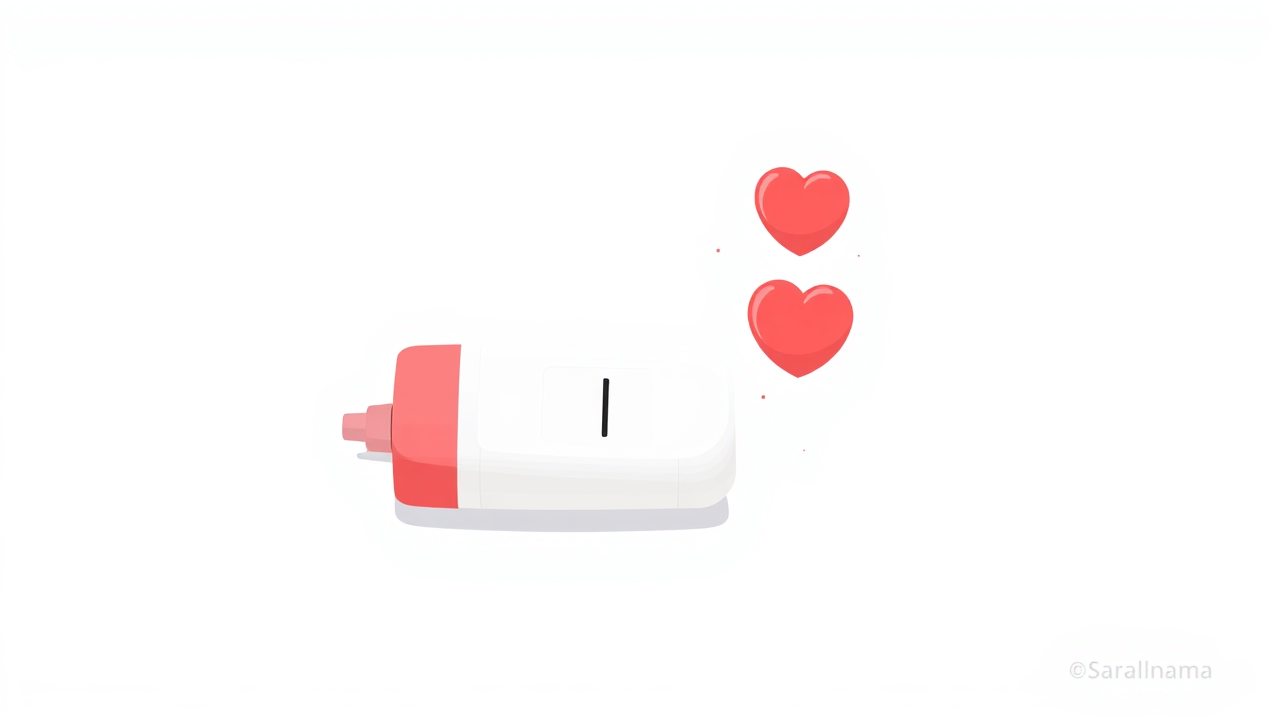Regularly checking blood sugar levels is essential for managing type 1 diabetes, as the body cannot produce insulin naturally. While devices like continuous glucose monitors and glucometers simplify tracking, understanding what the numbers indicate remains challenging for many. Ideal blood sugar ranges differ from those without diabetes because insulin replacement cannot replicate the body's precise natural response. Factors such as age, physical activity, recent meals, and environmental conditions influence these readings. Sudden fluctuations often result from overlooked daily habits, including meal timing, carbohydrate estimation errors, stress, inadequate sleep, and heat exposure. Learning to interpret patterns in glucose data, combined with lifestyle adjustments and accurate carbohydrate counting, helps maintain stable levels and prevents complications. Expert guidance emphasizes the importance of understanding these numbers to balance safety with effective diabetes control throughout the day.

Target Blood Sugar Levels Throughout the Day
For individuals with type 1 diabetes, target blood sugar levels vary throughout the day. Before meals, readings should ideally fall between 80-130 mg/dL. Two hours after eating, levels should not exceed 180 mg/dL. At bedtime, a range of 100-140 mg/dL is recommended. Kanikka Malhotra, a certified diabetes educator at Health Pepper, explains that these targets differ from those without diabetes because insulin replacement cannot match the body's natural precision. Maintaining slightly elevated bedtime levels helps prevent nighttime hypoglycemia, while post-meal targets reduce the risk of long-term complications. Regular monitoring helps achieve a balance between safety and strict glucose control.
Source: Link
